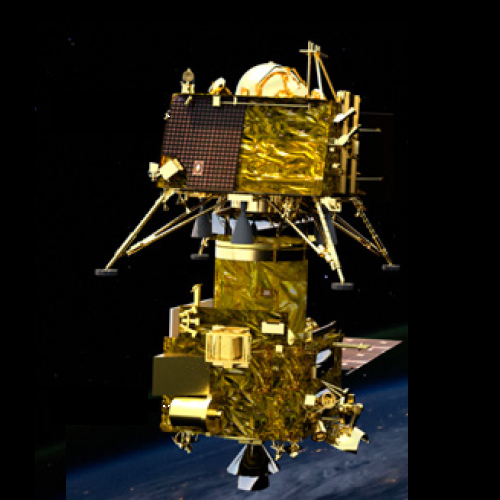The Indian Space Research Organisation (ISRO) has released the first set of data acquired by India’s second mission to the moon, Chandrayaan-2. All eight experiments have been performing well and the data received suggests excellent capability, ISRO said in a statement on Thursday.
Afghanistan, The Graveyards Of Super Powers – Will China Be Next In The Firing-Line?
The second moon mission – Chandrayaan-2 was successfully launched on July 22, 2019, and the orbiter was injected into a lunar orbit on September 2. The eight experiments carried address questions on lunar science.

ISRO said the data has been archived at a data center near Bengaluru and was prepared in the globally-followed standard of Planetary Data System-4 (PDS4) format after a peer-reviewed scientific study.
“ISRO Science Data Archive (ISDA) currently holds data sets acquired by Chandrayaan-2 payloads from Sep-2019 to Feb-2020 from seven instruments. Data sets from IIRS payload will be added to this shortly,” it said.
ISRO has released the data acquired at various phases of the Chandrayaan-2 mission, including information from Terrain Mapping Camera – 2 (TMC-2) showing high-resolution topographic maps and digital elevation models (DEM) of the lunar surface.
Among the eight experiments were the “highest resolution” optical images captured from a lunar orbiter platform. An Orbiter High-Resolution Camera (OHRC) was used in this experiment. The Chandrayaan-2 Large Area Soft X-ray Spectrometer (CLASS) has provided the “highest-resolution surface composition study” of the moon using X rays.
It also contains monthly studies of geotail at the moon. The geotail is a region in space that allows the best observations.
Other experiments were carried using the Solar X-ray Monitor (XSM), Dual-Frequency Synthetic Aperture Radar (DFSAR), and Dual-Frequency Radio Science Experiment (DFRS).
%20of%20Chandrayaan%202_1_1.5.png)
The Imaging Infra-Red Spectrometer (IIRS) has mapped minerals with a focus on extracting a clear signature of “surface presence of hydroxyl and/ or water”. Another essential experiment is Chandra’s Atmospheric Composition Explorer – 2 (CHACE-2) — a study of neutral species in the exosphere and its spatial and temporal variations.
India launched the Chandrayaan-2 mission in September last year, which successfully deployed a lunar orbiter that relays scientific data back to earth. But ISRO’s hopes were dashed when it, for the first time, tried to land the remote-controlled Vikram Lander on the moon after the contact with the landing craft was lost just before the touch-down.
The orbiter, however, continued its journey around the moon, sending crucial science data back to ISRO’s mission control room.
The Chandrayaan-2 mission aims to study topography, mineralogy, surface chemical composition, thermo-physical characteristics, and tenuous lunar atmosphere for understanding the origin and evolution of the moon.
Follow EurAsian Times on Google




